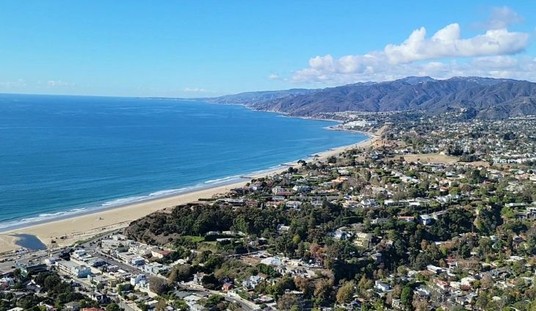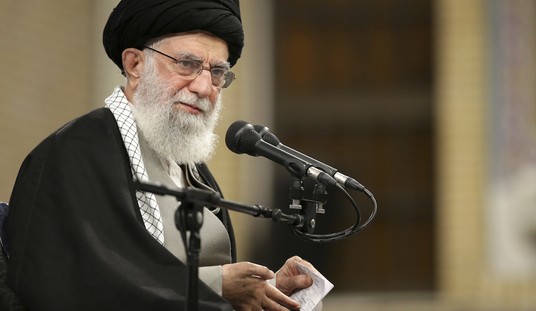Hurricane Irma produced far too many tales of tragedy in Florida (and elsewhere of course) but there were some stories of heroism and success as well. The Daily Beast featured one of the latter this week, detailing how a bunch of Trump loving Floridians were saved at one school because of… solar panels. And who should get the credit for all of this? The President! No… not the current one. The last one.
Hurricane Irma knocked out the power while residents of the Florida town of Titusville sought shelter inside Apollo Elementary School. But there remained a source of electricity in Classroom 408, thanks to an economic stimulus program set in motion by President Barack Obama in his first days in office.
Each Election Day, the school serves as the polling place for Precinct 112, a district in Brevard County—where 65 percent of the voters chose Donald Trump. Some of those same people returned to Apollo as temporary refugees 10 months later and lined up at the classroom to charge their cellphones and pour themselves a cup of hot coffee.
They did not likely offer thanks to Obama for the $787 billion American Recovery and Reinvestment Act, which funded such public projects as the $10 million UCF Florida Solar Energy Center program to create SunSmart E-Shelters in 115 schools. Each E-Shelter provides enough power to charge a battery and provide limited emergency lighting and power outlets in one of the classrooms.
You guessed it. Barack Obama is the hero of Florida because he made it possible for a classroom in Florida to have solar panels that could generate enough energy to run a coffee machine and charge your cellphone.
The author goes on to provide a few other other examples of how solar panels have proved useful during hurricanes, such as keeping traffic signals running and allowing individual homeowners with similar solar systems to download videos off of Netflix in Irma’s aftermath.
But the fact that they’re trying to credit all of this to Obama doesn’t change the reality that there’s some actual good news here. When you’ve been hit by a hurricane and the lines may be down in the roads for weeks or even months, any source of power is a precious resource. Keeping your only line of communication functioning and being able to get a hot beverage in your stomach may be a matter of life and death. But the real story here is how a resilient energy strategy can be crucial. While the article focuses on solar, the real lesson has to do with the benefits of having an all-of the-above energy strategy—something that Hurricanes Irma and Harvey, along with several other natural disasters have proven repeatedly.
In the case of Hurricane Harvey, as Bloomberg reported, Texas’ nuclear power plant outside of Houston stayed online throughout the worst of the storm, with their workers “keeping the lights on for 2 million customers even while some of their own homes were flooded.”
During Irma, the Treasure Coast Palm reported that while Florida Power & Light partially shut down its nuclear reactors in anticipation of the storm, customers weren’t affected and the nuclear plants sustained no damage. Both of these plants had previously taken direct hits, one of them from Category 5 Hurricane Andrew.
And then, those of us in the Northeast won ‘t likely forget the brutal freezing spell that hit us in 2013: The Northeast had switched overwhelmingly to relying on natural gas for its power generation, dumping dirty, gross, liberal-loathed and Obama-punished coal. Ditching an “all of the above” energy strategy didn’t work out so well. Natural gas prices spiked as much as eight times higher than normal when demand went through the roof and there weren’t other sources to fall back on.
So the lesson here isn’t that we should be cheerleading for one particular source of energy. They all have their uses, advantages and disadvantages. And when your liberal friends and neighbors preach to you about how we go to 100% solar and wind rather than allowing “dirty” fossil fuels and “dangerous” nuclear reactors to remain, consider these lessons from hurricane season. What if Florida had switched over and was getting 100% of their power from wind mills and solar panels? (In some fantasy world where you could generate enough juice for that many people that way.) Do you think the windmills would have been standing and operational after Irma was finished with them? And as I recall the sun didn’t come out for the better part of a week.
It was great that the classroom with the protected solar panels held up so people could charge their phones and have a cup of coffee. But that’s about all anyone in the state could have done they didn’t have nuclear, natural gas and other resources to back them up. The current administration, including the Energy Department, have been very open to an all of the above energy strategy. Let’s keep them on that course.








Join the conversation as a VIP Member